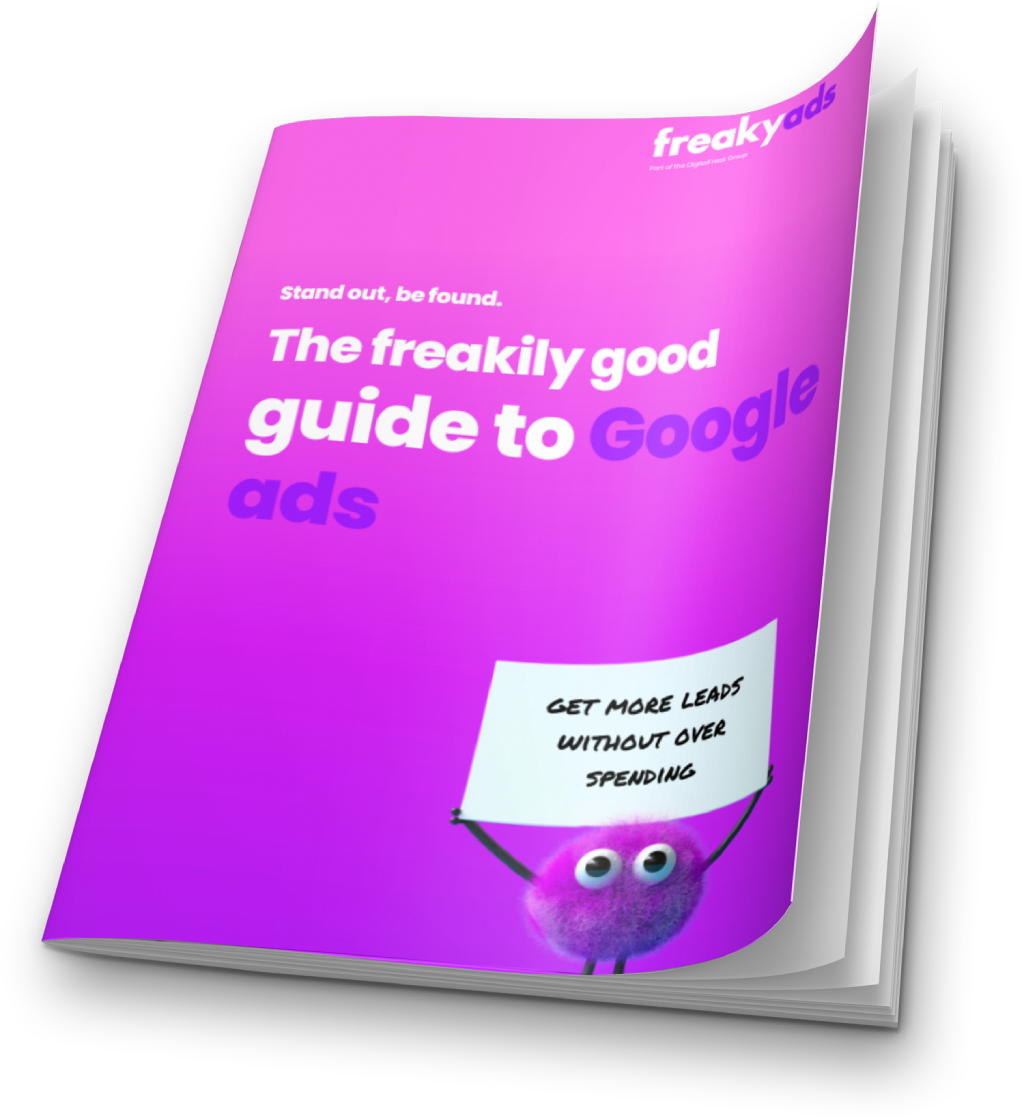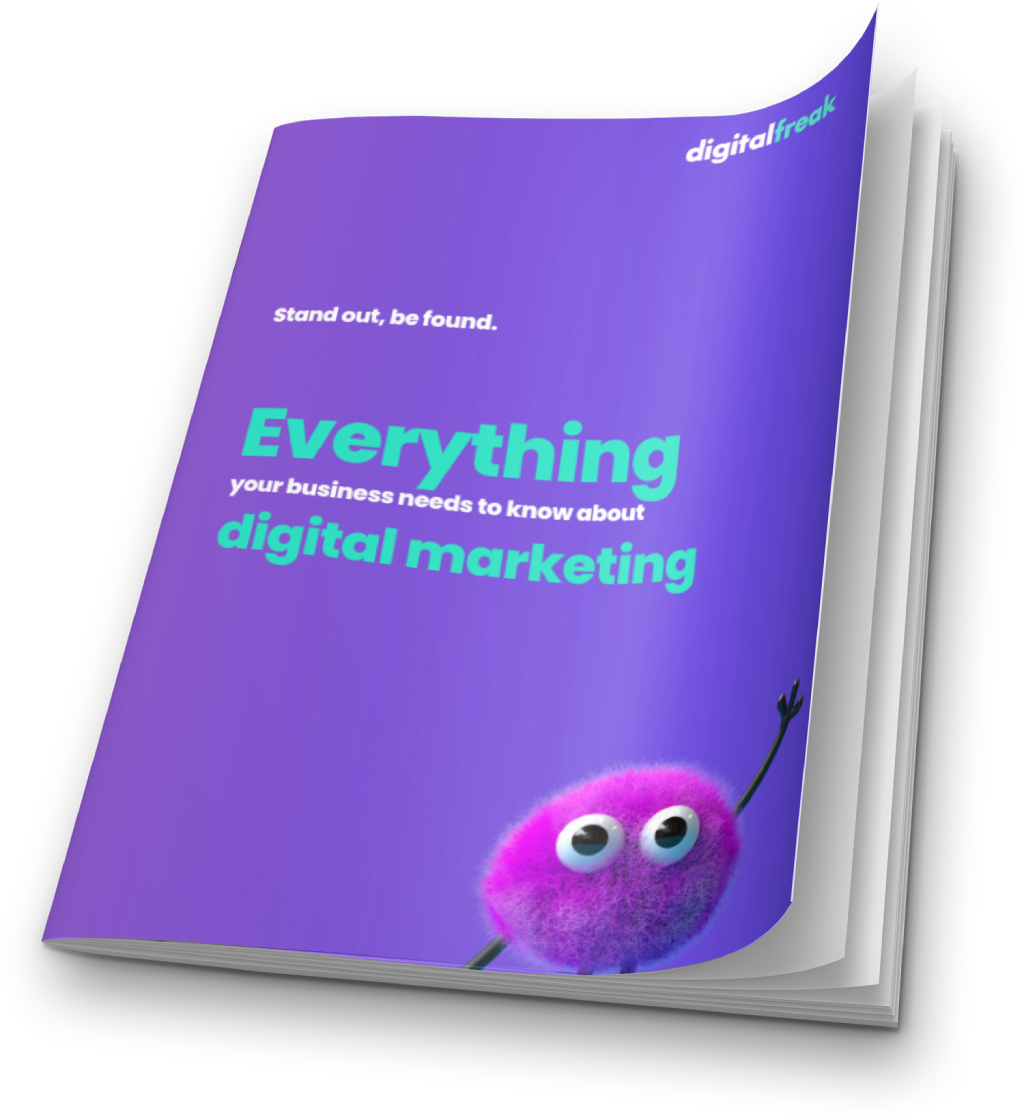When done right, email marketing is an effective and rewarding way to promote products and boost sales by appealing to interested customers. When it goes wrong, it’s annoying junk mail. Here are some best practices to employ for your email marketing strategy to ensure your customers enjoy your content rather than sending it straight to spam.
Best Practice #1: Get Permission
There are a few underhand, if not illegal, ways to get email addresses to send your content to, but that is absolutely not the way to do it. First of all, it’s unethical. And second of all, it doesn’t work. When people get unsolicited marketing emails, they aren’t happy about it, and instead of associating your brand with positive messages, you’re associated with annoyance.
Instead, get your customer’s permission and sign them up to receive your email newsletters, promotions and special content. It takes a little more effort, but it works so much better in terms of reaching your sales goals. In fact, a study by Salesforce showed that 77% of people prefer it. That means higher click-through rates and higher conversion rates because you’re targeting who actually want your products and services.
It’s a good idea to incentivise people to sign up to your email content. This can be done in a number of mutually rewarding ways where you offer the customer something of value in return. This could be a 10% discount, a free trial, VIP access to sales and promotions – anything that is appropriate to your offering. We call this a lead magnet.
Best Practice #2: Know Your High-Value Subscriber
As with any marketing strategy, you need to know who it is you are trying to attract in order to make sure that your content targets them correctly. You’ll want subscribers who fall into your ideal target market range, who convert quickly, who are return buyers, who want what you sell even if they haven’t bought it yet.
By defining who this market is, you can tailor your content and help define the best methods for building your subscriber list. For example, if your target is customers who want what you offer but haven’t made a purchase yet, have a pop-up that appears on your website offering new customers 10% off. If you want to target quick conversions, offer access to 24-hour sales or even lunch-break sales if you sign up.
Best Practice #3: Implement Remarketing Tactics
Remarketing is content which is shown to people who have already seen some of your marketing in the past. For example, you can remarket to people who have already been on your website or who have clicked on an ad but not converted to a sale. Through clever algorithms and tracking codes, you can send these people personalised emails (or set up ads) designed specifically for them.
We’ll all have received these sorts of emails. Remember that top you liked last month and added to the shopping cart before remembering pay day was several days away? Remarketing by that website should show you that top in an ad on your social media or in a personalised email within a week. It serves as a reminder and is designed to encourage people back to the site to finish the purchase.
Remarketing is highly effective when done right and people are more used to this tactic now. At first, there was some apprehension about the stalker-ish nature of remarketing but people are increasingly comfortable with personalised advertising. Remarketing emails should be built into your funnels and contain customised content depending on the person’s actions and activities on your website to maximise the chances of a successful conversion.
Best Practice #4: Ask What Kinds of Emails Subscribers Want
When signing up for your emails, let your customers choose what kind of marketing materials they’d like to receive from you. This puts a level of control into the customer’s hands while helping you avoid sending them content that they aren’t interested in. They can tick any of several boxes. For example; do they want one piece of content a week, be notified of sales and promotions, hear company news, participate in market research surveys or do they only want emails relating to their order, etc
You can also send them a reminder every month of the different type of content you send out to allow them to change their minds.
Best Practice #5: Create Relevant Content
We’ve talked about targeted email marketing before, but it’s worth another mention. This is the single best way to ensure that your content is actually meaningful to the person you are sending it to.
Thanks to the extensive data gathered by various analytics platforms as well as what’s made available by social media platforms, it’s easier than ever to define your different target markets and act effectively to attract them.
First, divide your target market up into different high-quality segments. You can choose from a wide range of traits, including shared interests, industry, gender, income, goals and online behaviour. This allows you to send quality content directly to the groups most likely to respond to it, rather than sending out a single email that may be relevant to one in every twenty of your subscribers.
This sounds like a lot of work, but the reality is that the tools are there to make it quick and simple, including automation tools, segmentation tools and more. This takes out a lot of the repetition and time-consuming tasks that segmentation may require. And the rewards are worth it. In fact, studies have shown that automated targeted emails have a 70% higher open rate than non-automated counterparts.
One way to achieve the highest possible ROI on your email marketing strategy is to let the specialists help you build your vision while taking care of the legwork. If you want to free up your company resources but still bring in the rewards that email marketing offers, contact us and chat to our email marketing team today about how we can help you. We’re partners with Active Campaign and are experienced in creating email marketing strategies for all types of businesses.

Written by
Michelle van Blerck – Communications Manager
I take a spark and turn it into a fireworks show! From internal client communications to LinkedIn authority articles, social media, and blogs, I write it all. My aim is to represent clients authentically with high-quality content that Google loves. I’ll show consumers why you’re the business they want to work with, buy from, and follow for life!














